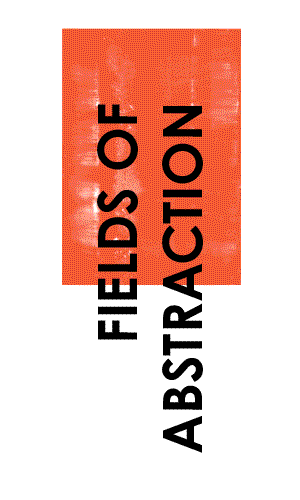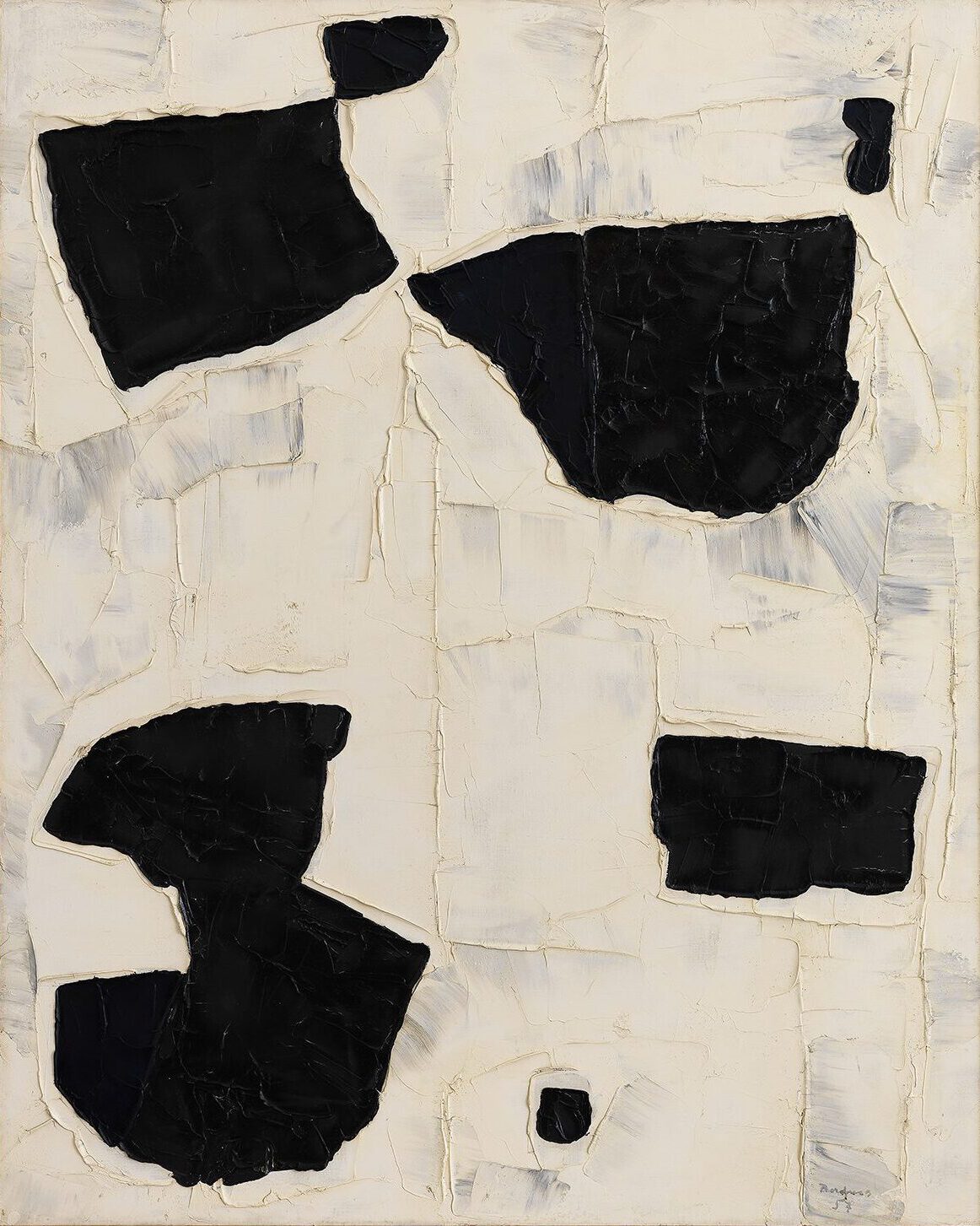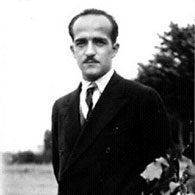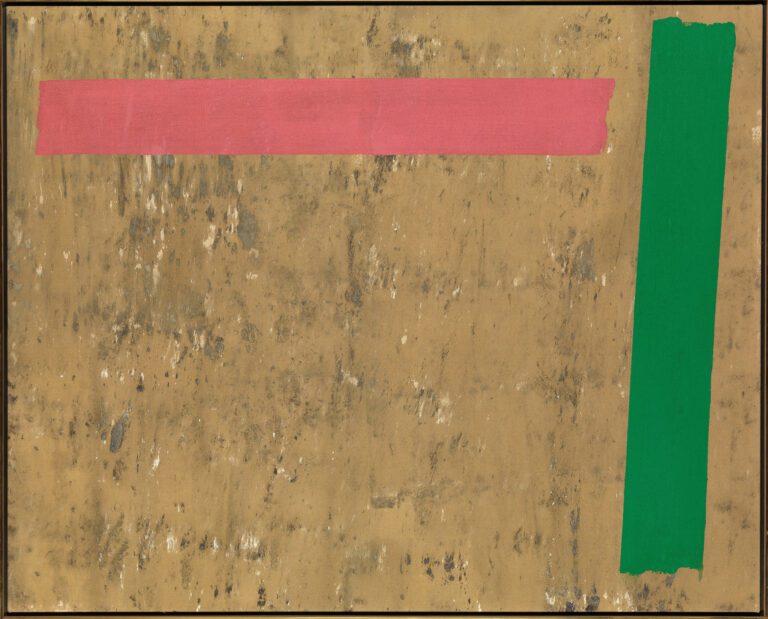As the leader of the Canadian avant-garde movement Les Automatistes and the main author of their 1948 anti-establishment manifesto “Le Refus Global,” Paul-Émile Borduas was a key figure in modern Canadian art. In the late 1930s he was exposed to Surrealist painting and writing, and became interested in the idea of automatism and spontaneous pictorial expression stemming from the subconscious. This source, along with the influence of children’s art that he absorbed as a teacher in Montreal schools, led Borduas in 1942 to a shift towards abstract painting. In 1953 he moved to New York, where he encountered the works of American Abstract Expressionists, including Jackson Pollock, Franz Kline, and Mark Rothko.
During his last years, Borduas reduced his palette to black and white. He adopted a unique use of palette knives to apply paint on the canvas in visible layers of impasto. Part of a series, Magnetic Silence features a grouping of black shapes that emerge from a painted white surface covering the majority of the black underpainting. The clear borders between the dark and light sections of the composition emphasize their contrast and draw attention to the plastic properties of the material.
Shir Hoori



